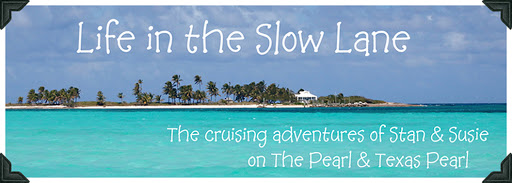Pennsylvania is one of the leading states with the remaining number of covered bridges and Columbia County, where Kyle now lives, is home to the states third largest concentration of covered bridges (23). Once there were 14,000 wooden covered bridges in the United States, today there are less than 900. Time and technology has taken its toll on the bridges. Pennsylvania, Ohio, Indiana and Vermont have a combined total of 550 authentic covered bridges with Pennsylvania leading with 198. Many of these bridges are over 150 years old.
A covered bridge is a timber-truss bridge with a roof and siding, which creates an almost complete enclosure. The purpose of the covering is to protect the wooden structure from the weather, but there are other explanations for covering the bridges. The spans were built to resemble barns so farm animals would feel more at home and not stampede as they were driven across the streams and rivers. Other explanations were to keep snow and rain off the bridge to keep the oiled planks of the roadbed from becoming dangerously slippery, to cover up unsightly trusses, to provide shelter to travelers caught in a storm and to provide a place to court your lady and secretly give her a kiss (the "Kissing Bridges”). The roof also strengthened the entire structure.
Here are a few of the ones we’ve seen and some pictures of the pretty countryside around Columbia County. Here is a link to a map of their location.
Hollingshead Bridge located in Catawissa, built in 1851
Snyder Bridge built in 1900
Davis Bridge located in Cleveland, PA, built in 1875
Homes and barns are built right next to the road...very different from what we are use to in Texas
Esther Furnace Bridge located near Cleveland, Pa, built in 1881
St. Paul's United Methodist Church located near Esther Furnace Bridge
Parr's Mill Bridge built in 1866
More small farms and rolling hills
Richard's Bridge built in 1880
See other Pennsylvania Covered Bridges at the following sites.


































